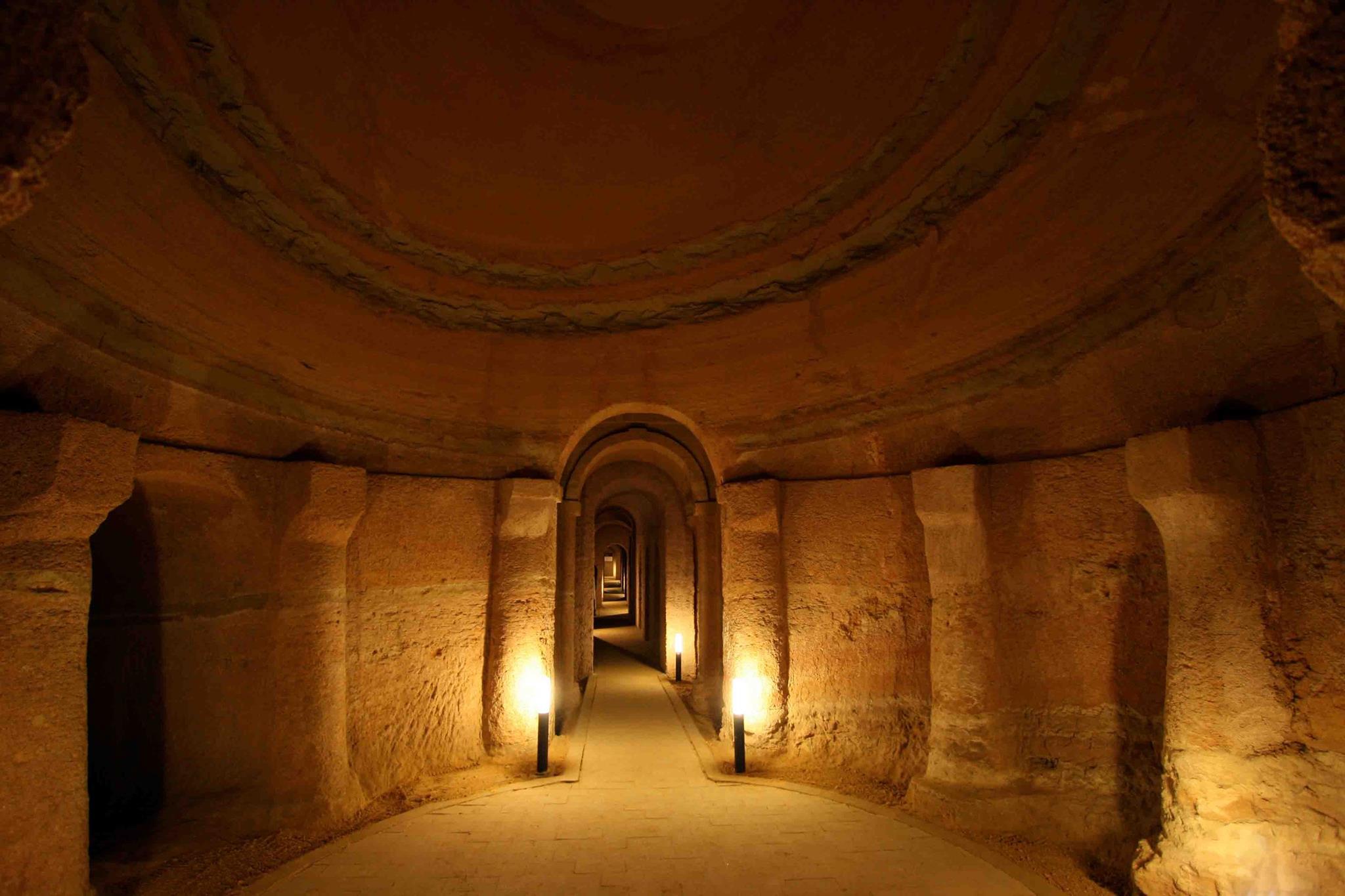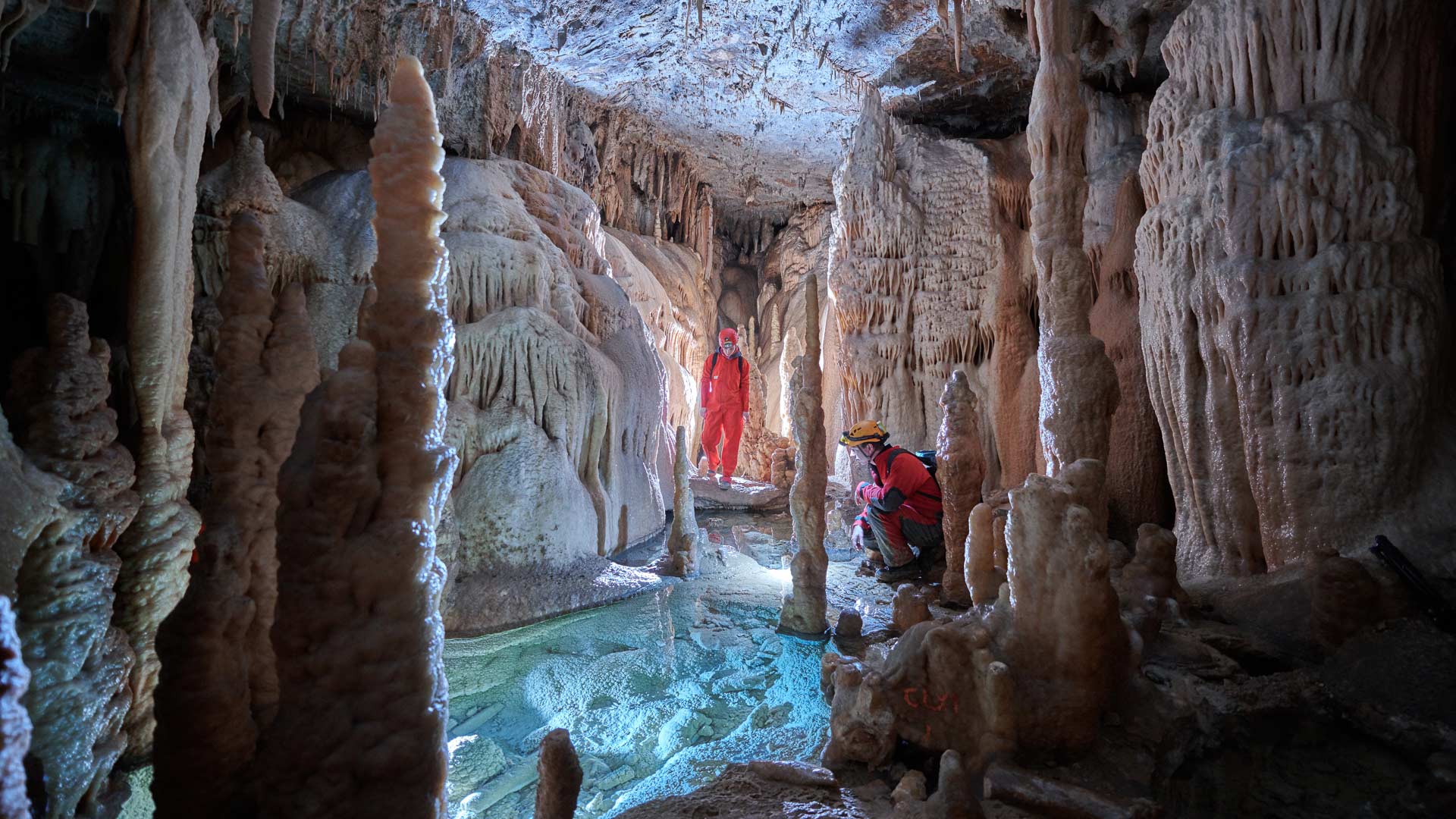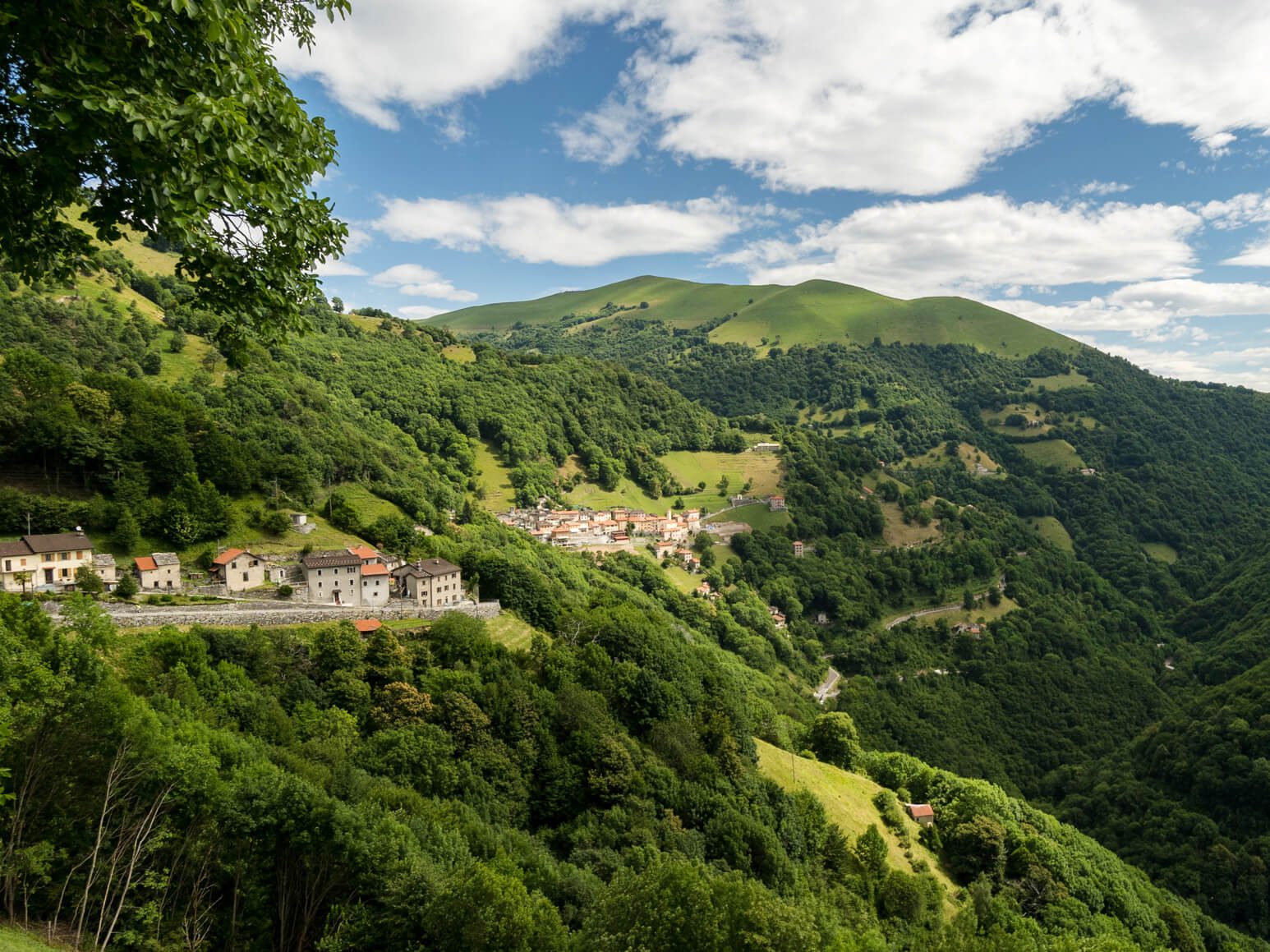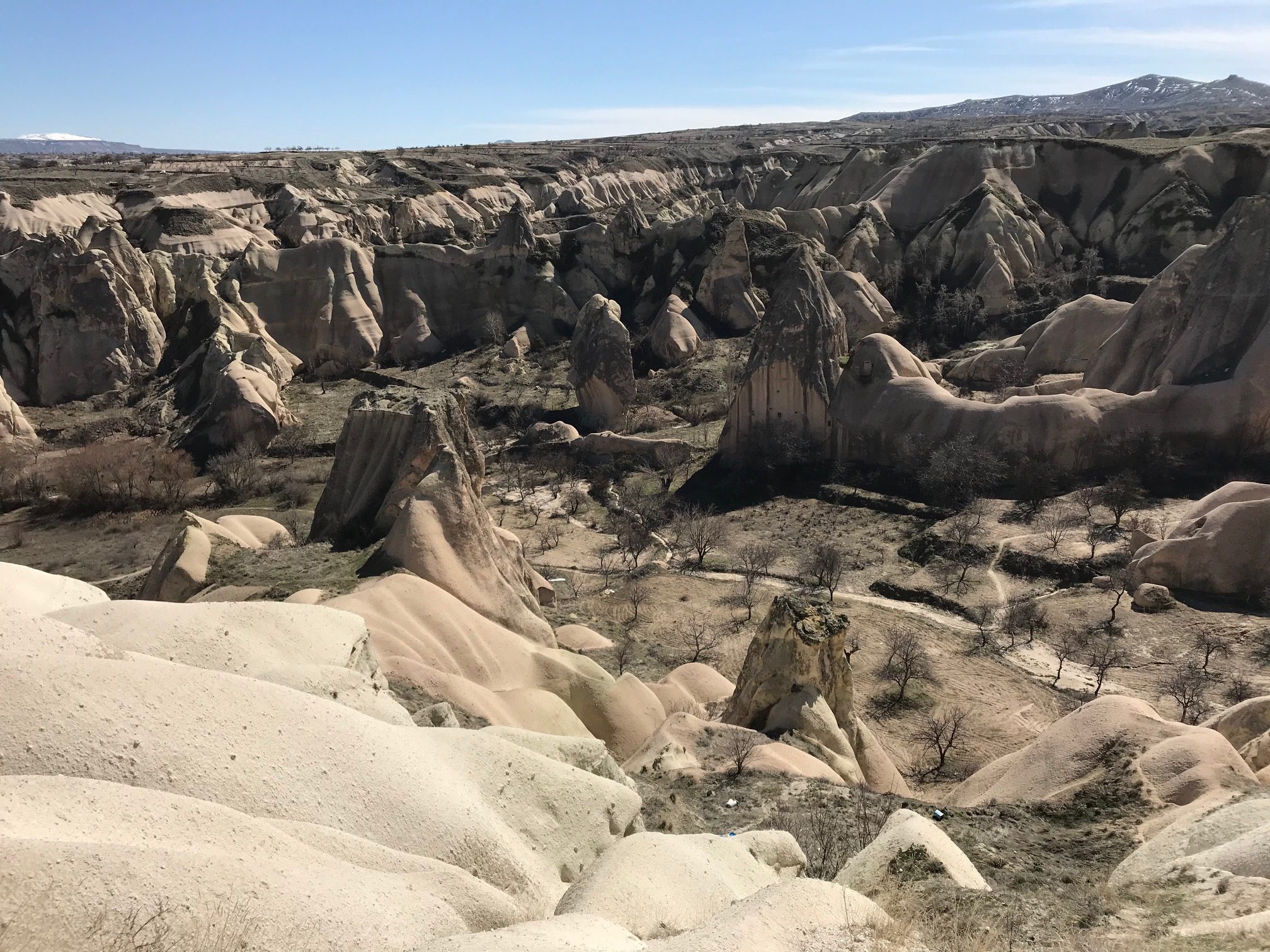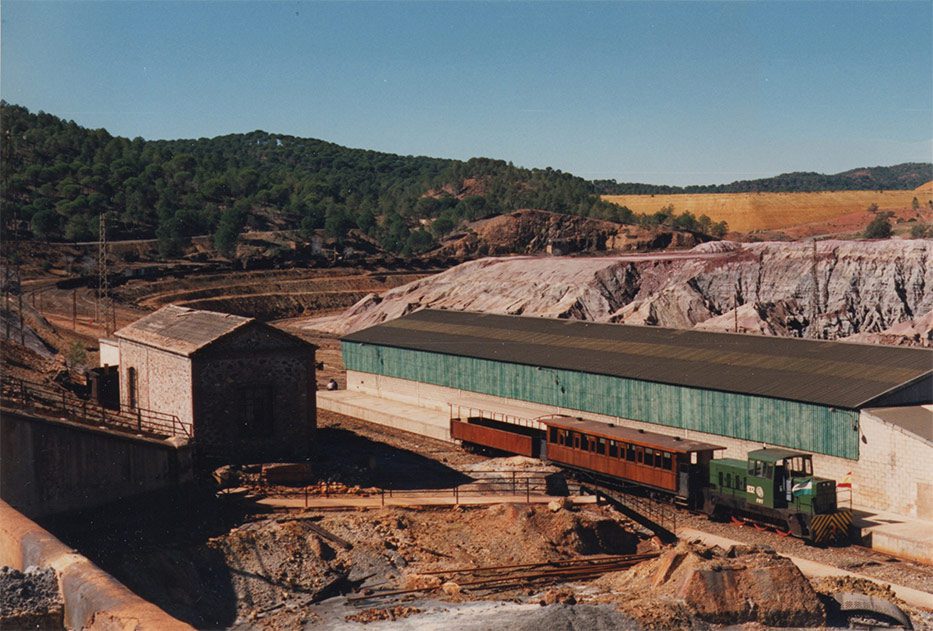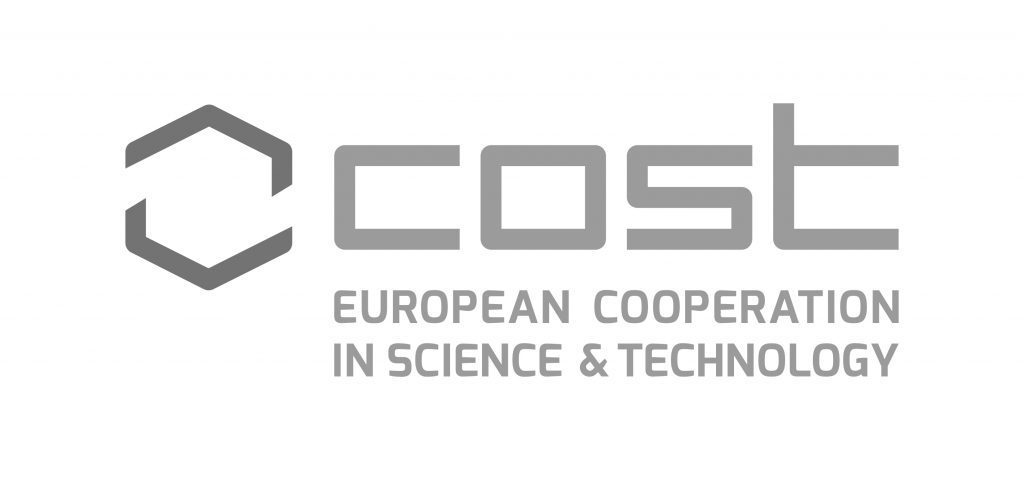Host institution: Municipality of Camerano, Camerano (AN), IT
Contact person: Dr. Ilaria Fioretti
The underground complex of Camerano is a known local heritage and a landmark for the small town. The original complex could date back to the 11th-3rd century BC, only the date 1327 AC is well documented actually. The town’s name itself could derive from “Camburàn” (cave, room) or “Cambre” (tunnel), testifying the close link between the underground heritage and the local populations. Along the centuries the cavities expanded, creating a network of connected built spaces, under a strict family-owned real estate regime. In the second half of the last century, owners left the caves in a state of disarray. It is only thanks to the determination and foresight of the local authority that it has begun to be recovered and enhanced as a potential economic lever for cultural tourism and an opportunity to preserve the local identity.
With the first success of more than 25’000 visitors yearly, the local public administration started a virtuous process of cultural and tourism enhancement. The self-initiative of local administrators led to a strategic outline to strengthen back and revive the attachment people was used to pay to its underground patrimony. Even though the current situation is characterised by a strong identity link between the local community and the caves, considerable uncertainty remains for the future, considering the recent economic downturn and the cultural turmoil for the further development, especially in the post-pandemic scenario.
One of the potentialities of this project is in terms of management and exploitation. Modern management protocols and innovative tools are critical issues for an effective valorisation of cultural heritage. Indeed, it is not enough to make a destination successfully. There are two main issues: a) a lack of experts with a broad vision of the different possibilities for enhancing the territory/landscape; b) the need to reconnect the places overcoming the marginalisation from which it suffers today. The first issue is being investigated as part of a Cost action CA18110 “Underground Built Heritage as a catalyser for Community Valorisation” aiming at promoting balanced and sustainable approaches for the conservation of the underground heritage, unlocking its potential for regeneration policies.

